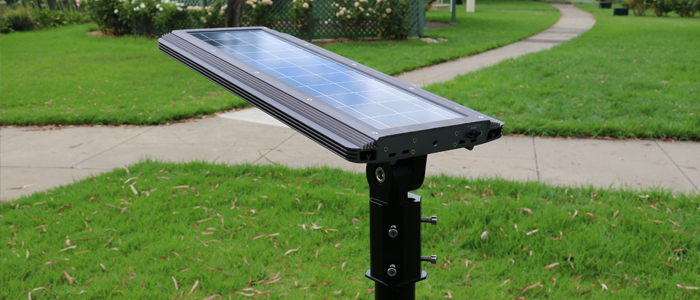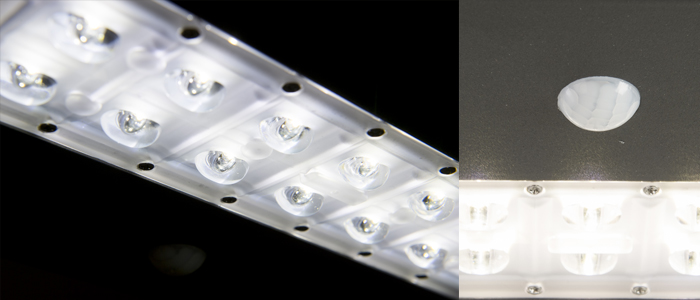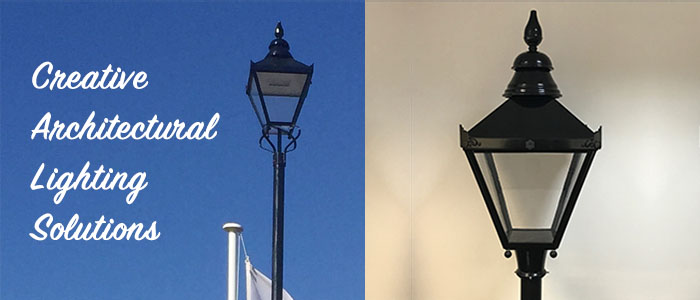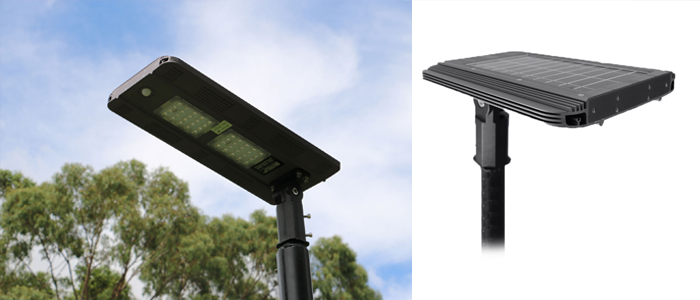
With the development of smart street lighting and street furniture, technology is serving citizens to improve their lives, but also to serve the community to save energy and reduce the costs associated with deploying maintenance of the facilities. Some speak of “urban home automation” to describe these new urban services of proximity.
Public lighting is the whole of the means of lighting implemented in the public spaces, inside and outside the cities, very generally on the borders of the roads and squares, necessary for the safety or the approval of the citizen.
The first systematic illumination of the streets dates back to the seventeenth century and first responds to a security need. With the advent of gas technology in the 19th century, lighting is spreading in cities and becoming an inherent component of public space. Since then, the techniques have evolved greatly, the lighting network has expanded and its roles have become multiple.
Street lighting feeder pillar must first and foremost enable users of the public road to travel at night with safety and comfort as high as possible. For the motorist, it is a question of making easy the perception and the localization of the outlines of the road and the possible obstacles. For pedestrians, this is to ensure the distinct visibility of curbs, vehicles and obstacles.
The effect of street lighting on the safety of people on public roads has been the subject of much research:
- Public lighting reduces the number of traffic accidents by 30 to 40%;
- Street lighting feeder pillar can reduce burglary, theft and vandalism by 50%.
- Public lighting is also used to beautify public spaces through the enhancement of heritage, architectural and historical monuments.
As a first step, increasing the intelligence of public lighting will consist in modulating the lighting of each of the light points according to the weather conditions, the time, the neighbourhood, the presence of people or vehicles, the maintenance, etc. This modulation capability not only extends the life of the lamps, but also saves energy. The efficiency of a lamp decreases towards the end of its life, and replacing it in time makes it more economical and also extends the life of those on the same lighting network.
In a second step, the development of information and communication technologies on the public lighting network will make it possible to inform in real time the exact consumption of each lamp and indicate when it should be replaced.
Thirdly, since the luminaires are connected in a network, it will eventually be possible to use this public lighting network for other services: the street lights will be able to house sensors to track and manage traffic, parking, management waste, watering parks, air pollution, fine particle levels, ozone, noise pollution, and traffic flows of vehicles and pedestrians.
Street furniture becomes communicating
Making street furniture intelligent means giving it new functions (providing information, recharging one’s mobile phone, etc. without taking up more space and encroaching more on public spaces. Street light manufacturers develop multi-functional modules to enhance public spaces by meeting increasingly diverse needs.
Integrating new information and communication technologies, intelligent street furniture was originally called “communicating street furniture”.
This street furniture is also considered as intelligent, because it is manufactured in a concern of respect for the environment and sustainable development (for example, autonomous in energy with the use of solar panels).





